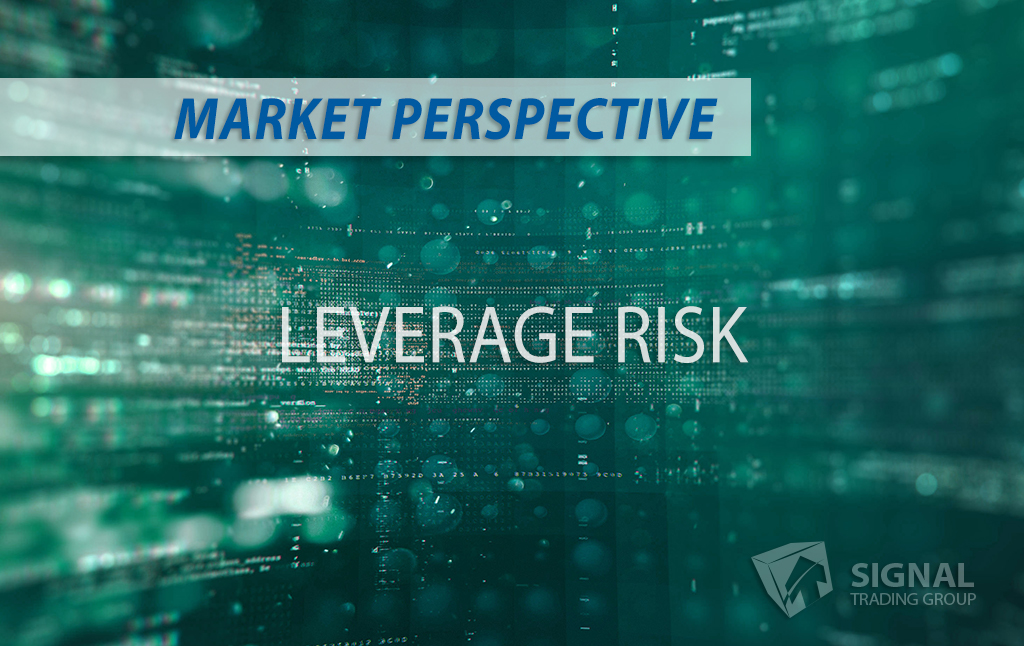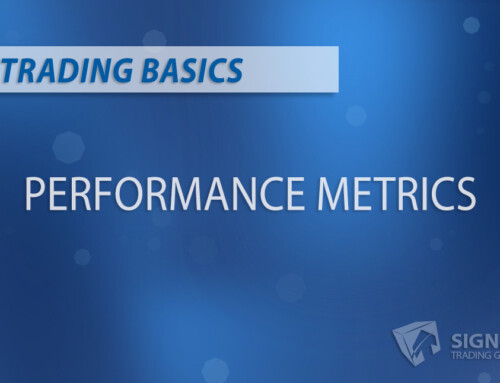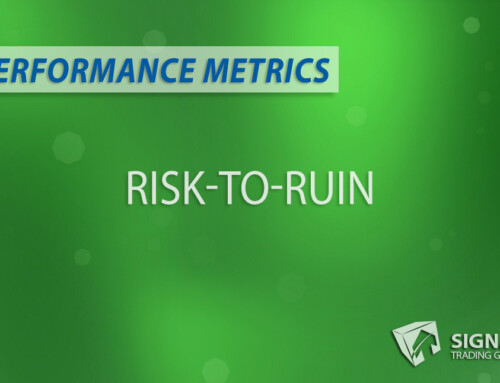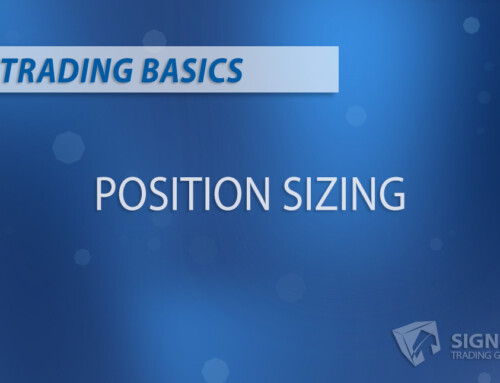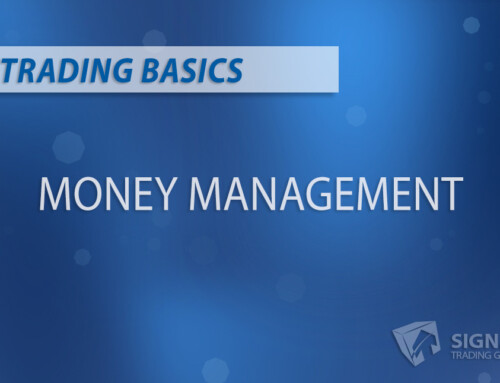The “Performance Metrics 101” blog series is geared towards providing traders with the essential evaluation tools they need to assess trading performance accurately. The goal is to provide a complete understanding of these tools, enabling traders to use them effectively.
The Margin to Equity Ratio Performance Metric
As a futures trader, understanding the Margin to Equity (ME) ratio is crucial for effective risk management and success in the futures market. In this blog, we’ll explore the concept of margin, equity, and the ME ratio in depth. Let’s start by understanding the leverage associated with trading futures.
Leverage in Futures Trading
One of the biggest advantages of futures trading is the ability to use leverage. Leverage refers to using borrowed capital to increase your trading position and the potential return on investment. In essence, it amplifies both potential profits and losses in trading.
For example, if a trader has $10,000 in their account and wishes to trade with 5:1 leverage, they could open a futures position worth up to $50,000. This amplified exposure increases profits and losses, magnifying risk management’s importance.
Margin and Equity in Futures Trading
Now, let’s define margin and equity in the context of futures trading:
- Margin is the amount of money a trader needs to deposit with their broker as collateral to open and maintain a futures position. It’s a good faith deposit that ensures the trader’s ability to cover losses. There are two types of margins:
- initial margin (required to open a position),
- maintenance margin (minimum amount to maintain the open position).
- Equity refers to the total account value of a trader, including cash, open positions, and any unrealized profits or losses.
The Margin to Equity Ratio
The ME ratio is the relationship between the margin used and the total account equity. The formula to calculate the ME ratio is:
Margin to Equity Ratio (ME) = (Margin Used / Account Equity) * 100%
A higher ME ratio signifies that the trader uses more of their equity for trading, resulting in higher leverage and increased risk.
Importance of the ME Ratio in Risk Management
Paying attention to the ME ratio can help traders manage risk, optimize their use of leverage, and improve trading outcomes. A few ways the ME ratio can be helpful include the following:
- Risk Assessment: Monitoring the ME ratio helps traders gauge how much of their account equity is at risk, which allows them to implement effective risk management strategies.
- Portfolio Diversification: A balanced ME ratio across multiple futures contracts can lessen the impact of losses in one position being offset by gains in another.
- Position Sizing: By staying aware of their ME ratio, traders can adjust their position sizes appropriately to remain within their desired risk parameters.
Practical Tips for Traders on Managing the ME Ratio
To optimize the use of leverage and maintain a healthy ME ratio, traders can consider implementing the following practices:
- Risk Management: Always predetermine the maximum risk you will take per trade and stick to it. This can minimize the potential for excessive losses.
- Margin Calls: Be aware of your broker’s margin requirements and monitor your account closely to avoid margin calls, which can result in a forced liquidation.
- Stop Losses: Consider setting stop losses to automatically close out positions when they reach a certain loss level. This can help control the risk of losses and avoid margin calls.
Conclusion
Futures trading is a great way to gain market exposure without putting up large amounts of capital. However, judiciously practicing risk management and leveraging is crucial, as potential profits and losses can be significantly amplified. Paying attention to the margin-to-equity ratio (ME) can help traders optimize their use of leverage, manage risk effectively, and improve trading outcomes.

